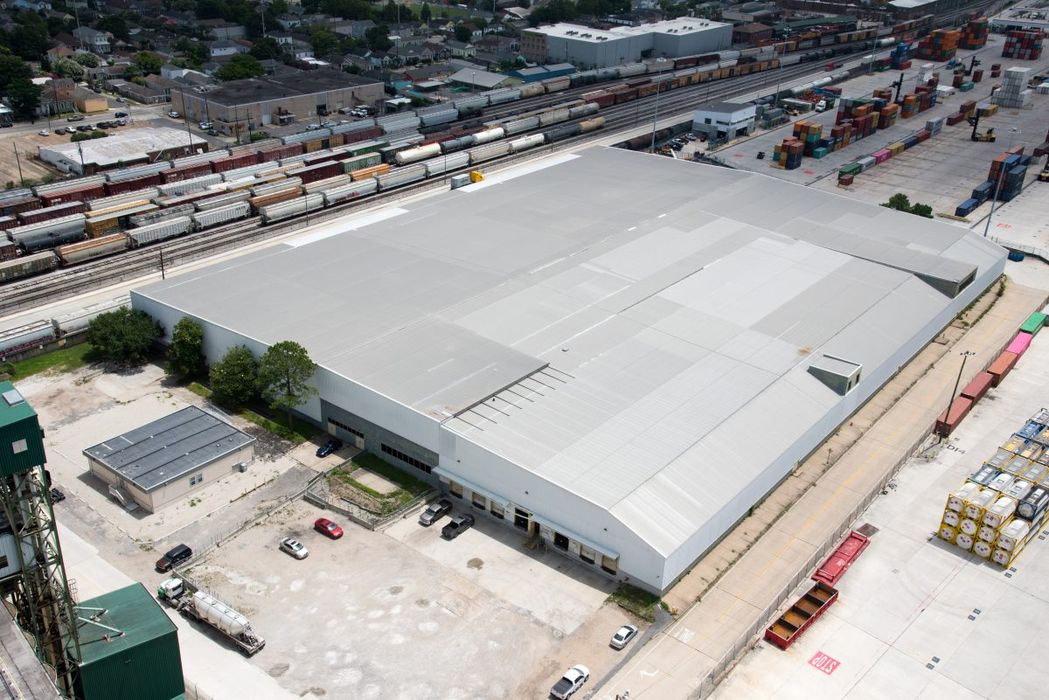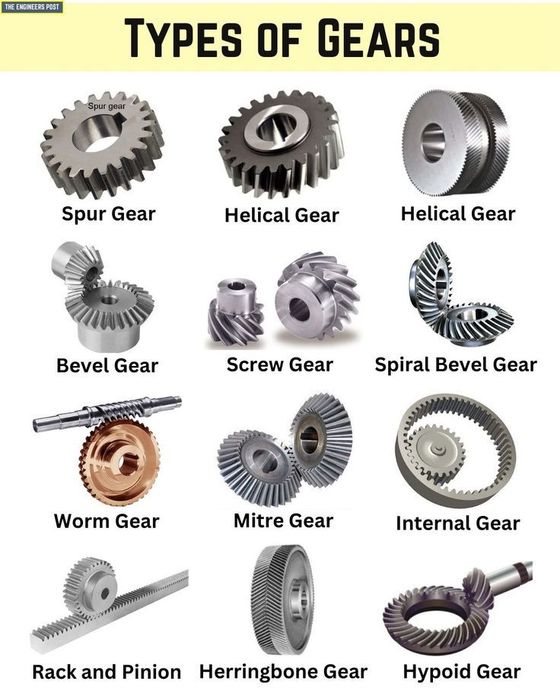
Charles R. Goulding and Preeti Sulibhavi drill into Horsburgh and Scott’s transformative $100 million investment and explore the exciting future of 3D printing in industrial gear manufacturing.
Horsburgh and Scott (H&S), the 140-year-old Cleveland-based manufacturer of industrial gears, isn’t typically in the news. However, a recent $100 million additional investment by an existing investor is creating attention. This article explores the recent developments at H&S, their product offerings, and the potential for 3D printing in the industrial gears sector.
H&S: A Legacy of Industrial Gear Manufacturing
Company Overview
H&S supplies industrial gearboxes for machinery in the aluminum, rail, mining, and oil and gas industries. The company is expected to benefit significantly from the Infrastructure Act, particularly the transport and rail incentives. H&S has a storied history and a reputation for quality and reliability in the gear manufacturing industry.
Recent Developments
In recent years, H&S has made several strategic moves to bolster its position in the market. In early 2023, H&S acquired Illinois-based Excel Gear, a company known for supplying gears for aerospace, robotics, and industrial automation. This acquisition has expanded H&S’s product offerings and market reach.
Additionally, H&S has built a new manufacturing plant in Louisiana to support the defense industry manufacturers. This plant represents a significant investment in the future of the company and the industry, allowing H&S to meet the increasing demand for high-quality gears in the defense sector.

Major Categories of Industrial Gears
Industrial gears come in a variety of types, each suited for different applications. Below are some major categories:
1. Spur Gears
Spur gears are the most common type of gear. They have straight teeth and are used in applications where speed reduction and torque increase are required. They are typically found in machinery like conveyors and elevators.
2. Helical Gears
Helical gears have angled teeth that create a smoother and quieter operation compared to spur gears. They are used in automotive transmissions and other applications where high speed and high load are required.
3. Bevel Gears
Bevel gears are used to change the direction of a shaft’s rotation. They are typically found in differential drives, which allow the wheels of a car to rotate at different speeds.
4. Worm Gears
Worm gears consist of a worm (a gear in the form of a screw) that meshes with a worm wheel. They are used in applications where large gear reductions are needed, such as in conveyor systems and lifts.
5. Planetary Gears
Planetary gears consist of a central sun gear, planet gears, and a ring gear. They provide high torque in a compact design and are commonly used in automatic transmissions.
6. Plastic and Composite Gears
While traditionally industrial gears are made from metal, plastic and composite gears are increasingly used in applications requiring lower weight and less noise, such as in medical devices and consumer electronics.

3D Printing of Gears
Current State of 3D Printed Gears
The first image of an industrial gear that comes to mind is a large metal gear with a configuration of gripping teeth. However, there are numerous types of gears, and 3D printing has introduced possibilities for lighter product applications. While large industrial application gears are not typically 3D printed, advancements in 3D printing technology and materials are changing this landscape.
Future Prospects
As industrial 3D printers and materials improve, we expect to see more 3D printed gear applications. Excel Gear, now part of H&S, described a confidential development in their 2018 blog, showcasing the potential of 3D printing in the gear manufacturing industry.
According to a blog that Excel Gear posted a few years ago, it has embraced 3D printing technology earlier on than most in the industry:
“Excel Gear has completed manufacturing on a pair of strong but lightweight gears for research and development to an undisclosed aviation company. The gears were 3D printed using Maraging 350 alloy and subsequently vacuum heat treated. The bearing diameters were then ground before tooth grinding from solid in a Hofler Rapid 1500. The gears were ground to an AGMA 14 before being returned for a proprietary thermal spray coating process. The gears are scheduled to be tested in early 2019.”
This highlighted the innovative use of 3D printing to create high-performance gears with unique properties that traditional manufacturing methods could not achieve. This development underscores the potential for 3D printing to revolutionize the gear manufacturing industry.
The Research & Development Tax Credit
The now permanent Research and Development (R&D) Tax Credit is available for companies developing new or improved products, processes and/or software.
3D printing can help boost a company’s R&D Tax Credits. Wages for technical employees creating, testing and revising 3D printed prototypes can be included as a percentage of eligible time spent for the R&D Tax Credit. Similarly, when used as a method of improving a process, time spent integrating 3D printing hardware and software counts as an eligible activity. Lastly, when used for modeling and preproduction, the costs of filaments consumed during the development process may also be recovered.
Whether it is used for creating and testing prototypes or for final production, 3D printing is a great indicator that R&D Credit-eligible activities are taking place. Companies implementing this technology at any point should consider taking advantage of R&D Tax Credits.
Conclusion
Horsburgh and Scott, through strategic acquisitions and organic growth, have created an impressive multi-dimensional gear business. With applications spanning defense, rail, mining, and automation, it is easy to understand the investor interest. The acquisition of Excel Gear and the new manufacturing plant in Louisiana position H&S for significant growth and innovation.
The expanding H&S gear ecosystem presents a strong candidate for new 3D printing applications. As 3D printing technology continues to advance, it is poised to play a critical role in the future of industrial gear manufacturing, offering benefits such as customization, rapid prototyping, and material efficiency. H&S’s commitment to innovation and quality ensures that it will remain at the forefront of the industry, leveraging both traditional manufacturing and cutting-edge 3D printing technology to meet the evolving needs of its customers.
